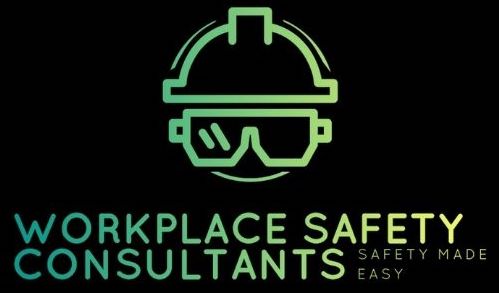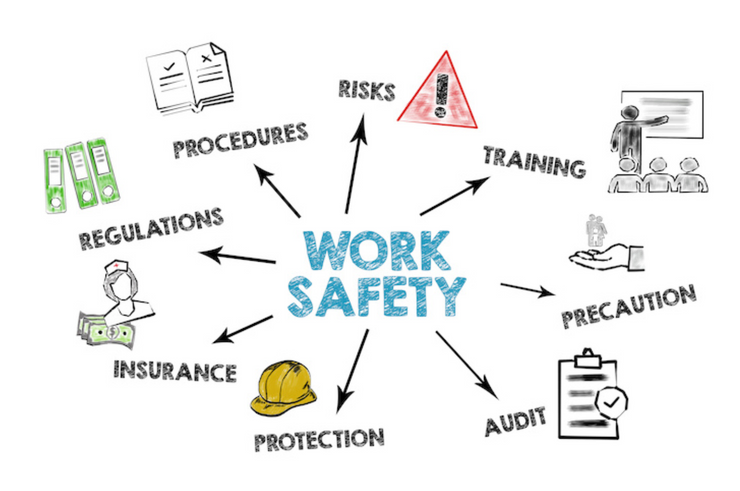It’s the elephant in the room at every workplace, so much so that the World Health Organization has officially named burnout — a close cousin of workplace fatigue — as a medical diagnosis. Industrial workers are not immune from this phenomenon either. In fact, according to a recent fatigue report from the NSC, while 82 percent of employers think fatigue is a safety issue, nearly all (92 percent) manufacturing employees agree.
In the same NSC report, more than half (55 percent) of employers said they find employees sleeping on the job. Work is tiring and life happens — but an overtired workforce could pose a major threat to a company, including safety risks, violations, and bottom-line impact. If companies want to have profitable quarters and content employees, then a middle ground must be reached.
Unfortunately, employees may not always admit to feeling less-than-stellar while on the job, so it’s up to management, executives and safety professionals to create a safety culture that puts employee safety first and also encourages workers to do the same. Doing so can not only save a life, but also cultivate a work environment that engenders employee loyalty — a crucial factor for retention in today’s competitive labor market. Here are critical things to consider regarding workplace fatigue and how you can help your employees fight it.
Reducing Fatigue Starts at the Top
It’s normal for companies to focus heavily on worker productivity and increasing profits — that’s business. However, shifting your priorities to focus on safety will also address those other areas at the same time. As accidents and injuries decrease, so too will the costs associated with downtime.
A normal work shift is a working period of no more than eight consecutive hours during the day, five days per week, with at least an eight-hour resting period. How often are your employees working overtime? When working in a physically demanding industry, oftentimes, not honoring existing policies can actually work against you — and ultimately set your business up for failure. How exactly? Shouldn’t more hours result in more output? Not quite.
Exhausted employees are less productive and increase the likelihood of errors, quality issues, and workplace incidents to the tune of 37 percent. Work with stakeholders and C-level leaders to generate consensus around the right fatigue-fighting plan for your workplace, and consider using a tool such as NSC: Fatigue Calculator to provide a framework for the total opportunity costs.
Change starts at the top, and in order for any real culture shift to take place, you need unification at the highest levels of your organization. Provide the legal requirements and ramifications of allowing workers to work longer than a 40-hour work week and discuss with management on how it can lead to serious injuries & potential fatalities on-the-job, situations that ultimately create a cyclone of liability claims, injuries and a depleted workforce.
Assessing Workplace Fatigue Risks with the Safety Maturity Model
It’s up to corporate heads to ensure their companies are set up for success, and examining workplace fatigue risks through the lens of the safety maturity model can help paint a clearer picture of where they stand. Organizations that are able to identify and control specific hazards are far more effective at preventing fatigue-related workplace injuries, and they occupy a much less vulnerable position on the safety scale.
Vulnerable organizations, on the other hand, are characterized by a dangerous “no-care culture.” When accidents occur, these organizations erroneously accept them as just a part of the cost of doing business. There’s little or no training around safety — let alone established preventative measures to avoid fatigue. Workers are known to work well past their scheduled hours — in fact, it may even be encouraged. Companies that exhibit this kind of behavior are prone to higher rates of workplace accidents. And when accidents do occur, they’re often downplayed or left unreported entirely.
The scale can vary depending on where you are on the safety maturity scale, so it’s important to assess weaknesses in your safety program and quickly identify what changes you need to implement.
How to Combat Workplace Fatigue
Companies with best-in-class safety operations understand the working patterns of their teams and use that knowledge to anticipate and eliminate hazards. Does your workforce hold a higher risk of working while tired? If so, incorporate these discussions among your stakeholders and planning sessions to tackle the issue head-on while simultaneously stressing the importance of bringing any other safety-related concern they have to everyone’s attention. In terms of what you can do on a daily basis, have senior-level management monitor employees for the following signs that may serve as a signal that someone is potentially slowing down:
- Giddiness
- Headaches
- Irritability
- Lack of motivation
- Diminished alertness, concentration, and memory
These are only a few of the most common warning signs, so at your next safety meeting, make fatigue management a point of discussion among your broader approach to continual improvement in safety. Pass out infographics with quick tips and stats for employee education, both at work and at home, outlining all of the warning signs and potential health risks associated with chronic fatigue. Provide tips on getting a great night’s sleep and the value it brings to the workforce at hand. Develop a workplace culture that practices a healthy lifestyle and respects a proper work-life balance. An environment that puts the health of its employees first creates a chain reaction that reverberates throughout the entire workplace, creating a culture that’s filled with health-conscious employees who hold each other accountable to establish workplace safety standards.

